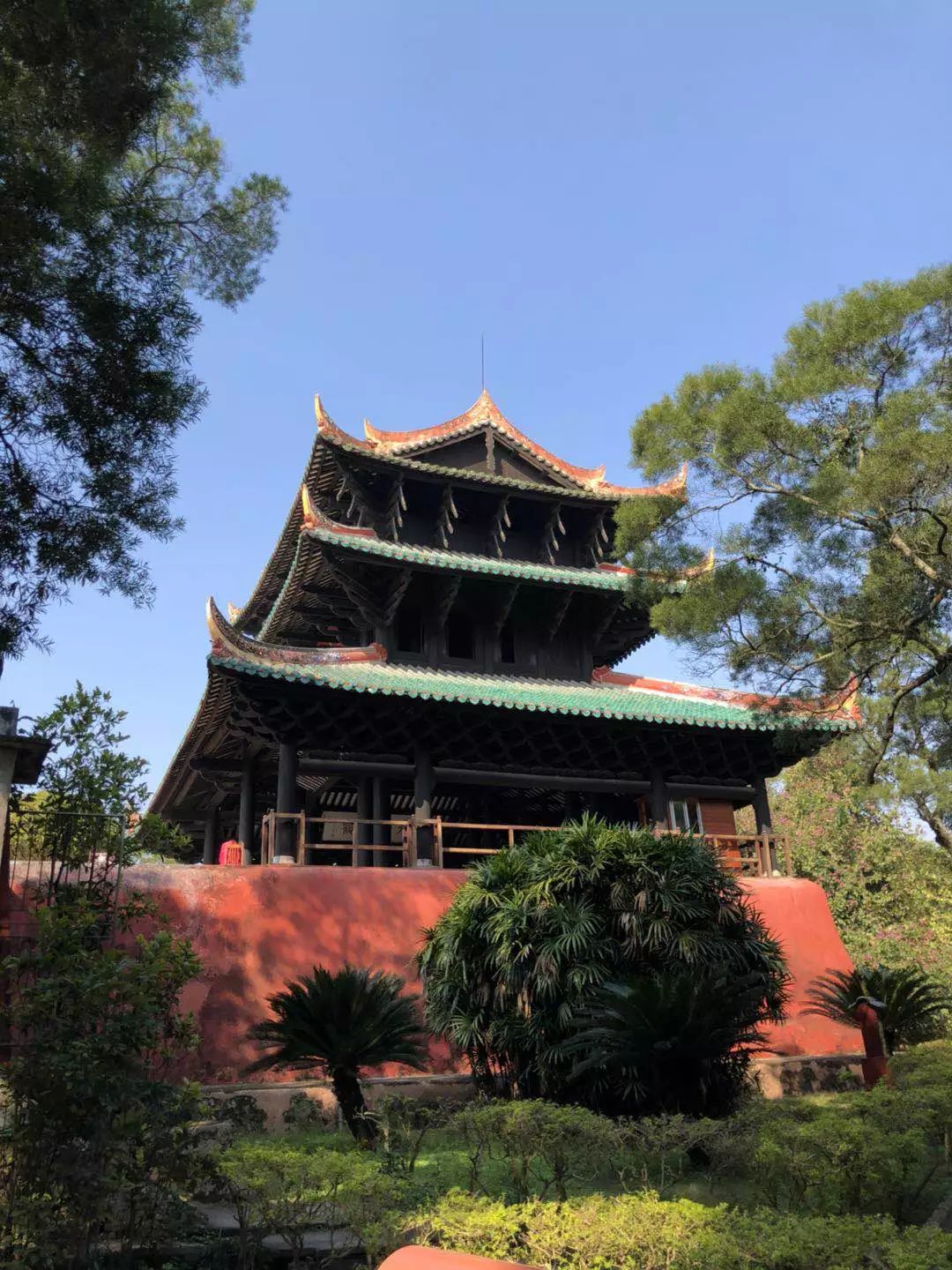Zhenwu Pavilion, located in the east of Rong County in the Guangxi Autonomous Region, China, is a wooden pavilion without nails. The building is imbued with Chinese Taoist architecture, and is a perfect combination of Chinese knowledge, science, and spirit.
The first foundations of the building were built in 768. The original foundation was 50 meters long, 15 meters wide and 4 meters high with terracotta in the middle, built around the block, making the building stable and solid. But it was not until the first year of Emperor Wanli of the Ming Dynasty in 1573 that large-scale construction was carried out. Thus, up to now, the pavilion has experienced hundreds of years of history.
At first glance, the building doesn’t look too different. It has three floors of wooden structure, built facing south. There are also auxiliary buildings, corridors, walls, bells and fireplaces around the attic. The entire space uses nearly 3,000 iron and wooden parts, of various sizes.
When going up to the second floor, visitors will discover that the column in the middle of the house seems to be hanging, about 2-3 cm above the ground. If the hanging column has no supporting function, then why was it designed? Even more strangely, although it is a wooden structure, Chan Vu Cac does not use any nails to connect.
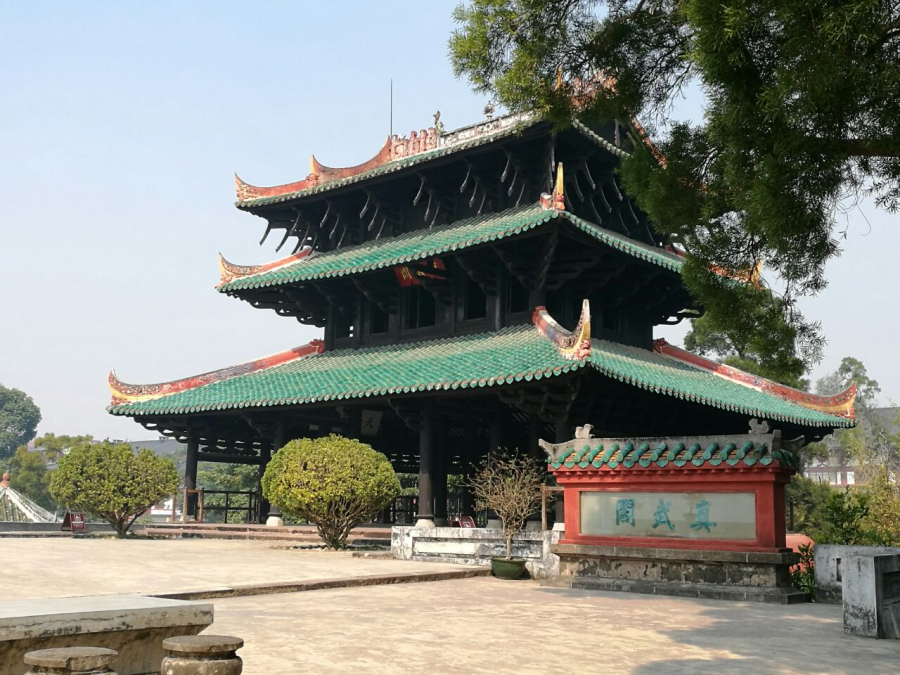
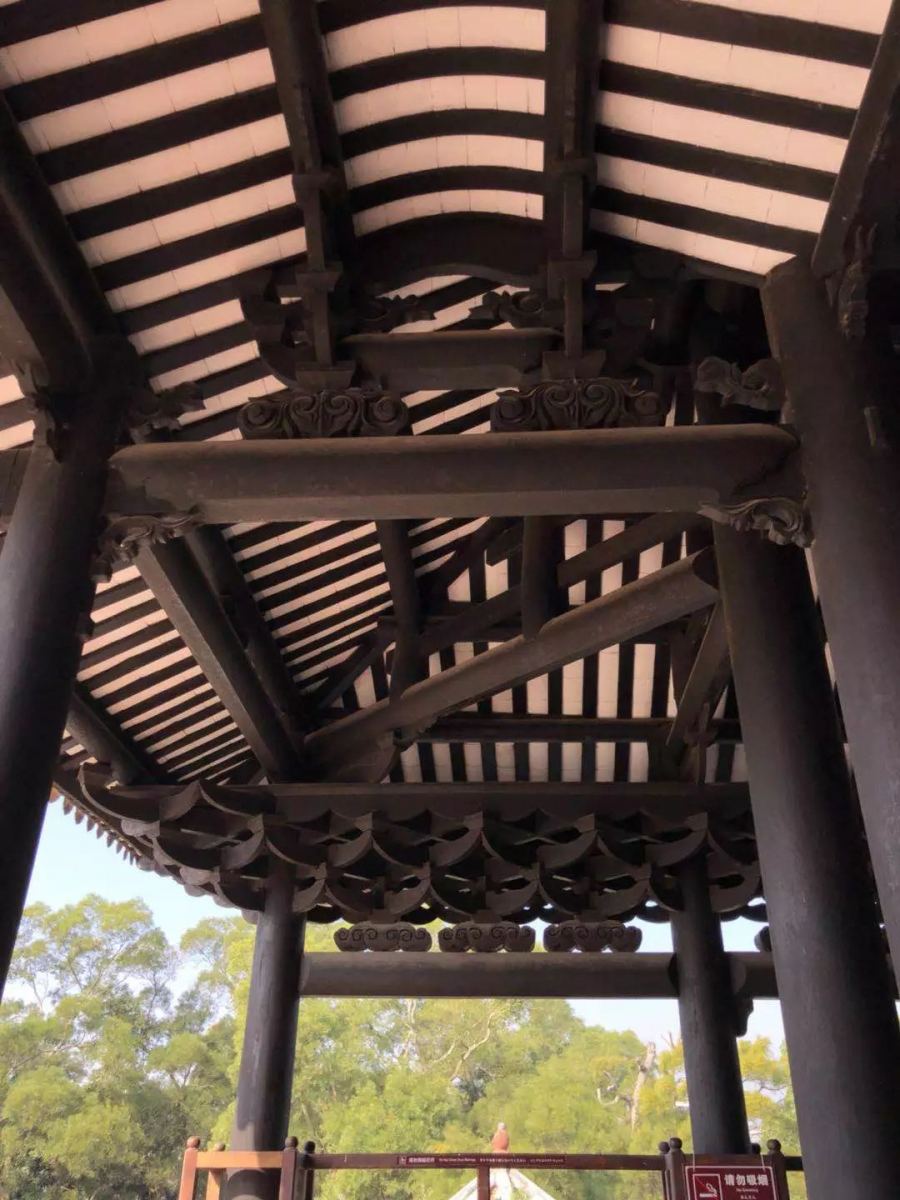

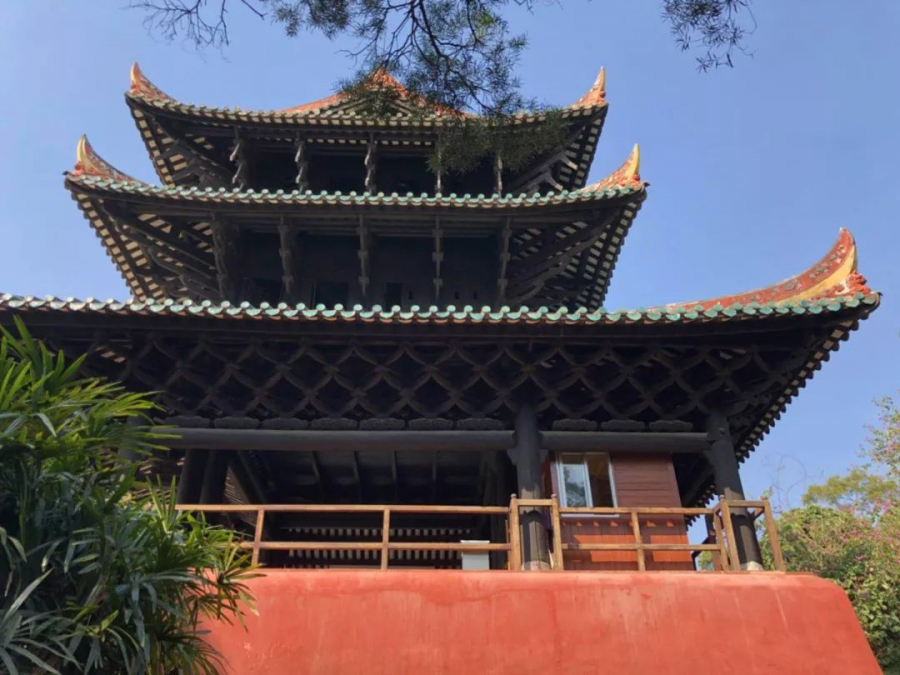
Throughout its 440-year history, Zhenwu Pavilion has endured five earthquakes and dozens of major storms. While many surrounding wooden structures, large and small, collapsed due to storms and winds, it alone has stood tall and has been preserved to this day. This is a rare occurrence in the history of architecture.
So why does a seemingly fragile communal house stand firm through so many natural disasters?




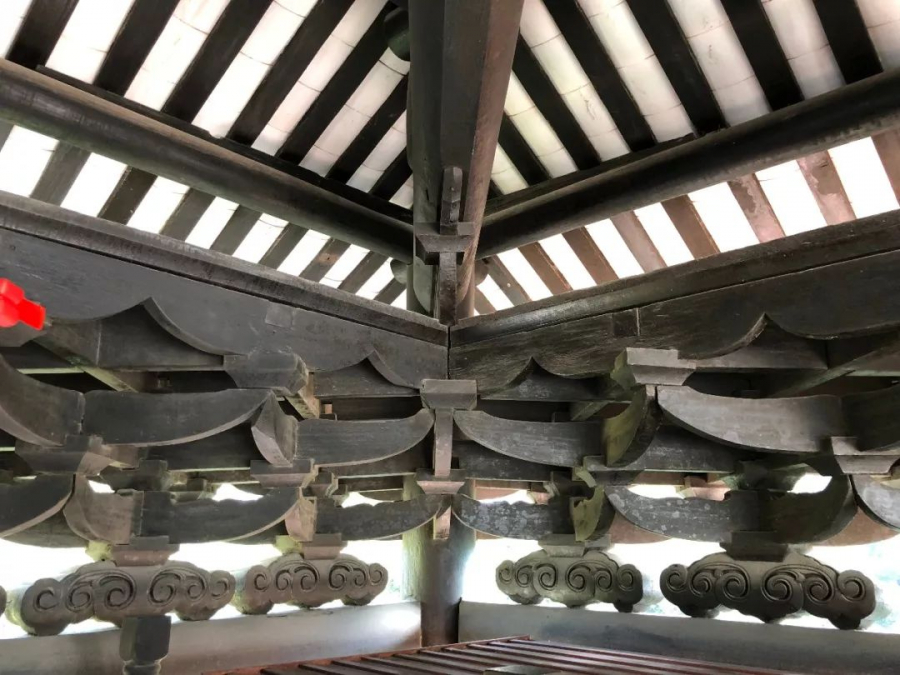
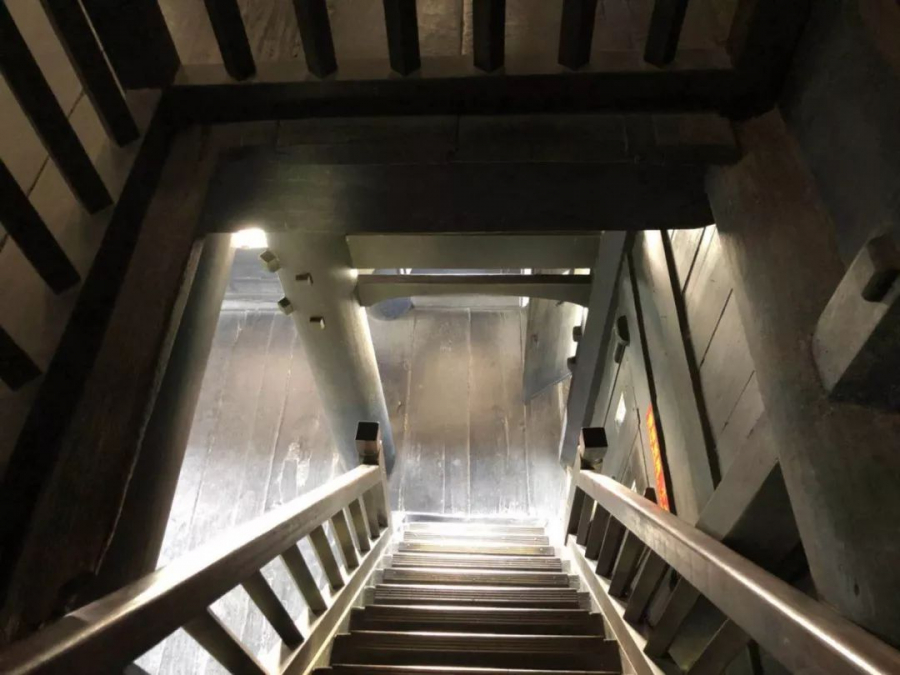
The secret lies in the suspended columns above the ground as mentioned above. On these hanging columns there are many bulging wooden joints. Because they are connected through 3 horizontal beams to 8 load-bearing columns. Therefore, these wooden bars of different heights and lengths help to firmly connect together into a block.

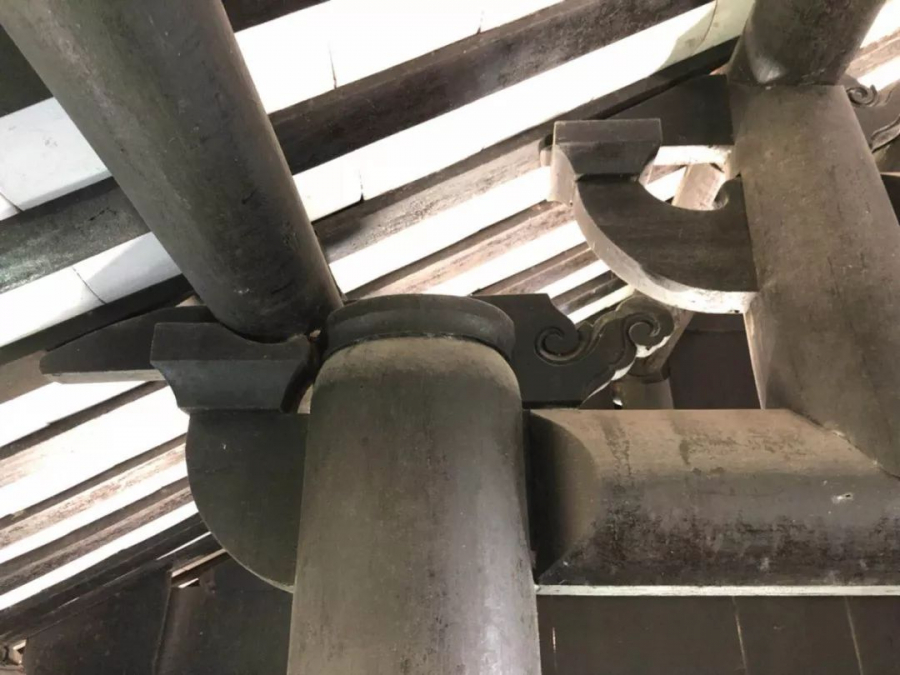

In addition, the hanging column adopts a wooden mortise and tenon structure, creating a solid structure with a system of beams and trusses. This structure also has a balancing effect. When encountering strong winds or earthquakes, the hanging column will oscillate, limiting the impact of wind on the structure. In other words, it acts as a balance, helping to maintain the stable structure of the entire architecture.
Going up to the upper floor of Chan Vu Cac, visitors can look out and see the sparkling waves of Tu Giang River, boats gently gliding on the water and the majestic Do Kieu mountain in the distance.
In 1962, Professor Liang Sicheng, an expert in ancient architectural works, came here and published a research paper on the unique architectural art of Zhenwu Pavilion. Since then, many experts, scholars, and tourists have also visited.
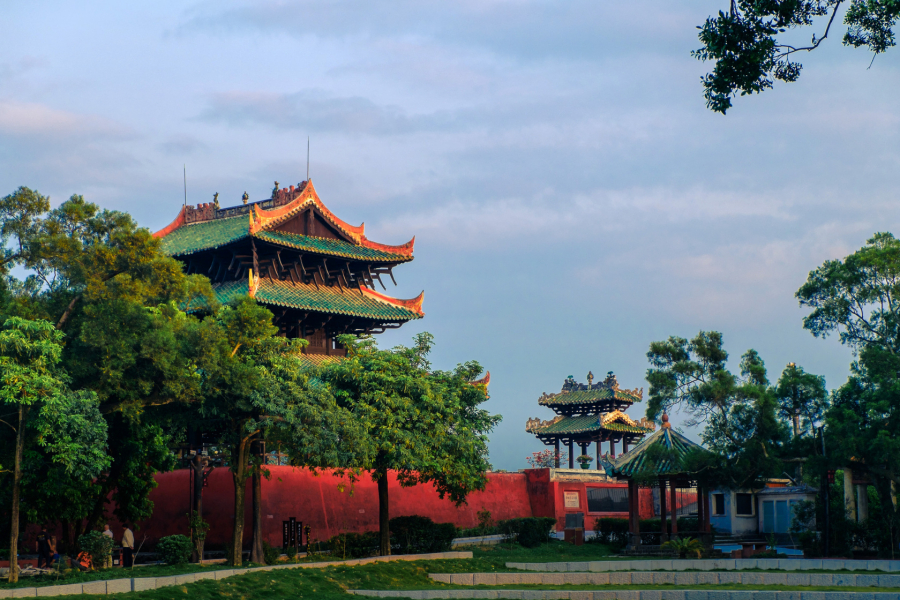
To this day, Zhenwu Pavilion remains an attractive destination, reflecting the intelligence, creativity and ingenuity of ancient Chinese craftsmen.





